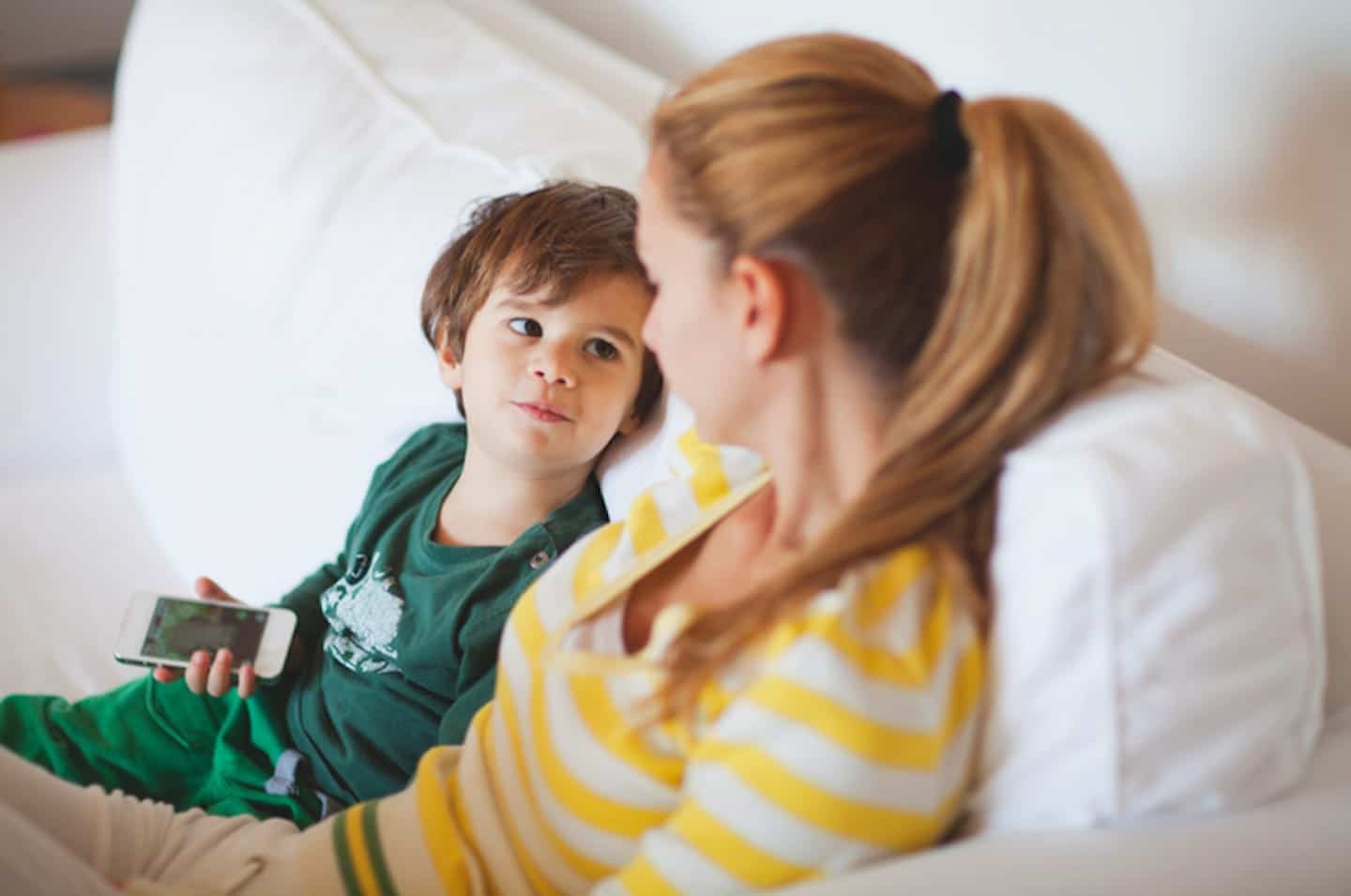What would your kid do if they found a gun? IKEA incident proves parents can’t make assumptions

Why every parent needs to have the gun safety conversation.
Table of Contents
We do everything we can to protect our children: We tell them to look both ways before crossing the street. We explain why they shouldn’t talk to strangers. We teach them about body safety and water safety.
But are we doing enough to counsel them on gun safety even if—or, rather, especially if—we don’t keep firearms in our own homes? Research and the number of incidents where children accidentally pull the trigger both say no.
Parents can choose not to have guns in the home, but the recent case of a 6-year-old boy at an IKEA store finding and firing a gun that was unknowingly left behind by another shopper proves that kids can come into contact with guns when we least expect it.
Thankfully, no one was injured during the IKEA incident—but that isn’t always the case when children discover guns. According to gun safety advocacy group Everytown, there have been 94 unintentional shooting injuries by adolescents in 2018 alone. Of those, there have been at least two dozen fatalities.
Many of those tragedies took place within private homes. But as unlikely as the scenario of stumbling upon a gun in a public space may seem, IKEA isn’t the first place that’s happened. This week, the subject made headlines again when a 4-year-old child found a handgun in a bag delivered to their daycare by a parent. The month before, an incident at a Boston Park made the news when a child there found a gun in a crack in some rocks. Last year, there was a similar case at a Virginia playground.
“Even if you yourself don’t own a gun, that doesn’t mean there are no guns where your children are,” says Kyleanne Hunter, vice-president of programs for the Brady Campaign and Center to End Gun Violence. “You don’t know until you ask the question whether or not the places where your children go and play have guns.”
Children are naturally curious—and don’t just ‘know better’ than to touch a gun
Young children are amazingly adept at finding things. Exploring the world is their job, after all. The question is: How would they respond when they find something they shouldn’t—such as a gun?
According to a study from the American Academy of Pediatrics published in 2003, 87% of parents with children aged 5 to 15 believed their children would not touch a gun if they were to come across one. Of those parents, 52% said their children were “too smart” or “knew better,” but only 40% had actually discussed the reasons why they shouldn’t touch a gun with their children.
“By assuming that children could be trusted not to pick up or play with guns because they had been told not to or were ‘too smart’ to do so, parents inadvertently place the burden on children to be responsible for their own safety, rather than the adults in their lives,” the authors said in the discussion.
The conversation about gun safety changes as kids get older
In the 15 years since then, conversations about gun safety have only become more relevant as the issue clearly isn’t going away. And in a country where there are nearly as many firearms as there are people , that means parents don’t only need to have conversations about firearm safety with their kids, but also with each other.
Hunter says it’s never too early to start the discussion—both with kids and among other adults. Particularly among toddlers, even those who’ve been instructed not to touch a gun, studies have shown that they typically first play with the gun before informing an adult.
“The responsibility needs to be on us as responsible adults to safely store any firearms we chose to bring into our homes,” says Hunter, explaining that means storing locked and unloaded firearms separately from locked ammunition. “With toddlers, it’s a lot harder to say, ‘Just don’t touch it. Ask an adult.’ Because time and time again we’ve seen the research has shown this just doesn’t work.”
Although the conversation can shift as children get older and more responsible, safe storage should always remain a priority for gun-owners.
Asking other parents may feel awkward—but the alternative is worse
According to the 2010 C.S. Mott Children’s Hospital National Poll on Children’s Health, firearm safety had been a topic of discussion among 82% of gun-owning parents and their children—but only for 52% of parents who are not gun owners. At the same time, one-in-four parents who didn’t own a gun was “very worried” that their child could get injured by a gun in another family’s home. This underlines the importance of discussing gun security with the owners of any home your child is entering, the premise of the ASK (Asking Saves Kids) Campaign .
“We need to introduce into the lexicon having this conversation among each other as adults,” says Hunter. “When I was a kid, asking about things like swimming pools or wearing seat belts in cars was a very awkward conversation. They’ve now become much easier.”
She says that it may even help to acknowledge it’s an awkward conversation, as well as to let the other parent know that their answer doesn’t mean your children cannot be friends, only that you may have different guidelines about where your children can play. “I think this is something that we often kind of take for granted, like, ‘Oh, our friends are probably like-minded,'” Hunter says. “Unless you ask the question… how do you know?”
As for avoiding an incident like the one at IKEA, it requires a combination of conversations with our children and diligence when watching over them.
Most of all, however, we supposedly responsible adults need to take that responsibility more seriously. That’s because, yes, carrying a gun is a personal decision. But it’s also one that has the potential to affect others if not properly managed—and the bottom line is that the job of gun safety should be on adults, not children.





































